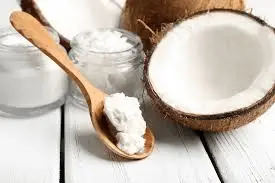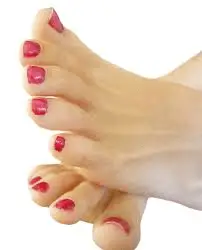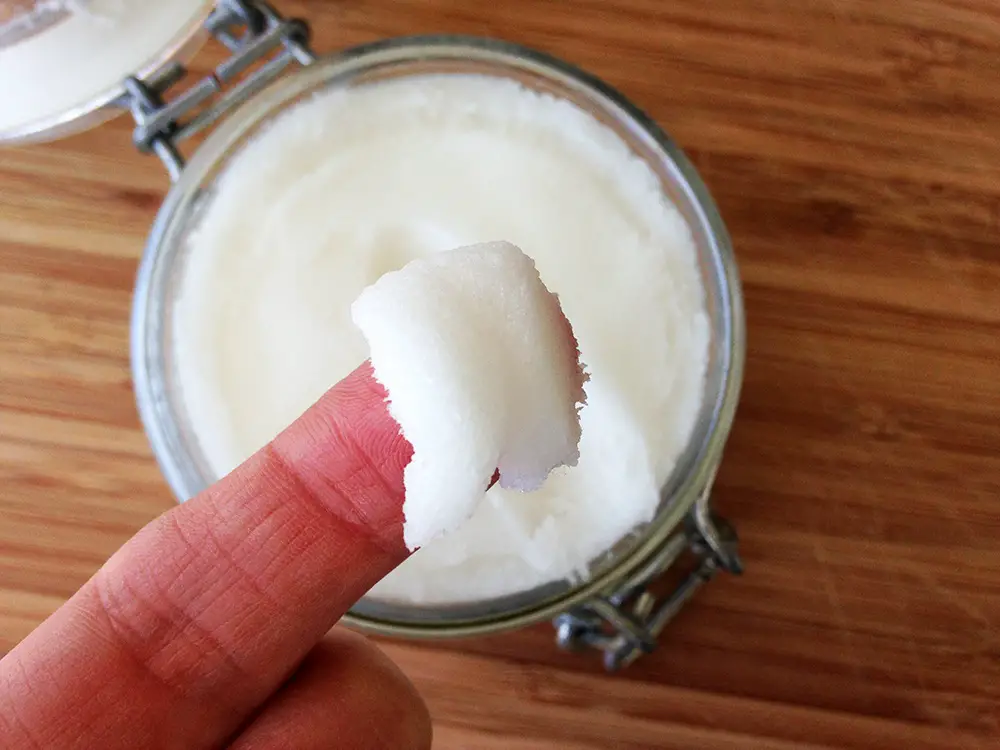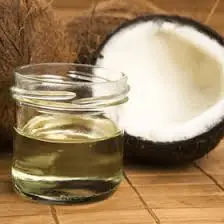Using Coconut Oil for Dry Feet is the BEST Remedy

Dry feet is not something that’s so uncommon. As a matter of fact, they’re so common that that there is remedy after remedy on how to treat this annoying condition. But, there’s one remedy that stands out from them all, and that’s using coconut oil for dry feet.
Yes, you’ve read that correctly. Coconut oil for dry feet has been proven to not just help hydrate dry feet, but also heals any itching and possible fungal infections that might be causing such dryness.
Coconut oil is a naturally healthy saturated fat that can be ingested, and of course, can be used for a number of topical uses. That’s because coconut oil is also a natural antifungal, antibacterial and moisturizer–all perfect ingredients to treat dry feet.
When you use coconut oil for dry feet, you’re not just making your feet look and feel pretty at the time of application, you’re actually making them healthy. Not to mention, coconut oil is just as good for the earth as it is good for your feet. So, no need to worry about releasing any toxic chemicals into the environment.
How to Use Coconut Oil for Dry Feet
There are quite a few ways you can use coconut for dry feet. Here are some easy ways you can start enjoying the benefits of using coconut oil for dry feet:
Apply After Soaks
 Now, before applying any kind of oil to dry, and damaged skin, it’s always best to soak your feet thoroughly before doing so. It’s not required, but definitely recommended.
Now, before applying any kind of oil to dry, and damaged skin, it’s always best to soak your feet thoroughly before doing so. It’s not required, but definitely recommended.
Using a good sized bucket (or foot bath), fill with warm water and add about ½ cup epsom salt if desired. You can even opt to add whole milk to the warm water to help soothe your feet. Soak for 20 minutes.
Dry feet with a clean towel and use a quarter size amount of virgin coconut oil to apply to both feet (don’t worry, a little goes a long way!).
For best results to get smooth, hydrated skin, heat coconut oil before soaking your feet. You can do this by microwaving it in a microwave safe bowl, or by heating it in a pan on the stove over low heat (just enough to get it to liquify). The coconut oil will go from solid to liquid when it’s heated, and will be easier to apply after your soothing soak session.
Make Your Own Skin Soothing Hydrating Sugar Foot Scrub

Another wonderful way of using coconut oil for dry feet is by making your own three-ingredient foot scrub. This foot scrub is soothing to the skin, and replenishes moisture for soft, hydrated feet, while also helps tackle any sources behind foot dryness, such as bacterial and fungal infections.
What you’ll need:
- ½ cup of heated coconut oil (for hydration, softness, and antifungal and antibacterial properties)
- ⅔ cup of cane sugar (for gentle scrubbing and exfoliating to achieve softness without damaging the skin)
- 10 drops of lavender essential oil (to sooth the skin, and revitalize worn and tired feet)
In a small bowl, combine ½ cup of coconut oil (heated), ⅔ cup of cane sugar and the 10 drops of lavender essential oil using a cool spoon to stir together. Don’t mix too long, or the sugar will begin to dissolve into the mixture.
Then, apply the mixture to your dry feet, massaging it throughout your toes, and focusing on heels and extra dry areas. Rinse thoroughly using warm water.
Helpful tip: Coconut does take a few moments to absorb into the skin, even after rinsing. If you wish to enjoy the benefits and hydrating results of this scrub, but want to avoid ruining shoes, clothing or sheets, you can add ⅓ cup ofbaby shampoo to the above mixture. The baby shampoo will help rinse the coconut oil’s oily feel from your feet, without stripping your feet of any hydration.
Use Virgin Coconut Oil for Dry Feet

When purchasing coconut oil for dry feet, always make sure to buy pure, virgin coconut oil. Manufacturers extract the pure oil without bleach, deodorizers or other chemicals, giving you only what nature intended. Keeping it pure also helps you see results quickly, and soothes your pain or irritation.
